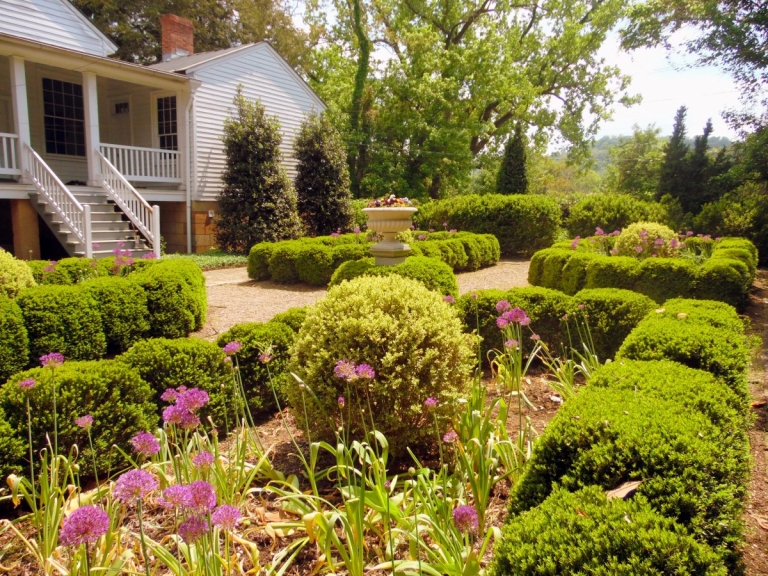
The West Virginia Department of Agriculture has detected boxwood blight in several residential and commercial landscapes throughout West Virginia.
The blight was first diagnosed in West Virginia on plants shipped from out of state nurseries in July 2015, according to Kent Leonhardt, Commissioner of Agriculture. It was first reported in the United States in 2011.
Caused by the fungal pathogen Calonectria pseudonaviculata, the blight is the most devastating pest of boxwoods.
“Gardeners and landscapers need to stay vigilant for the presence of this damaging disease. Enacting best management practices is your best option to keep your landscape disease-free,” Leonhardt said.
“If you have questions, please reach out to the Department.”
The exact origin of the disease is not known but has likely spread to North America from Europe, where it has been widespread since the 1990s.
WVDA Plant Industries Director Tim Brown says gardeners should purchase boxwood from vetted nurseries and should avoid pruning in wet weather.
“As with any plant disease, sanitation is a crucial step in dealing with boxwood blight," Brown said.
"Purchase shrubs from reputable nurseries that are legally licensed and inspected by the WVDA, and only purchase plants that appear healthy.
"Never work or prune your boxwoods when the foliage is wet or when the weatherman is calling for rain later in the day."
The WVDA suggests citizens sanitize gardening tools like pruners between different plantings of boxwoods. Tools can be sanitized either with flame, 70 percent alcohol/10 percent bleach solution, Lysol or other commercially available sanitizers.
Dead boxwood plant material should never be composted. Once boxwood blight has been confirmed, the infected shrubs should be removed. Those plants be can be destroyed by burning or by double-bagging to be sent to a landfill.
Brown said the first symptom of boxwood blight is dark brown to black lesions on otherwise green leaves.
"The dark lesions will coalesce, turning entire leaves brown to straw-colored and defoliating rapidly. Black, angular to elliptical shaped cankers form on the twigs and branches," he said. “Symptoms commonly begin low on shrubs and spread upwards."
Potentially infected boxwoods can be confirmed by sending a sample to the WVDA Pest Identification Lab. Pictures of symptomatic plants can also be emailed to bugbusters@wvda.us.




























